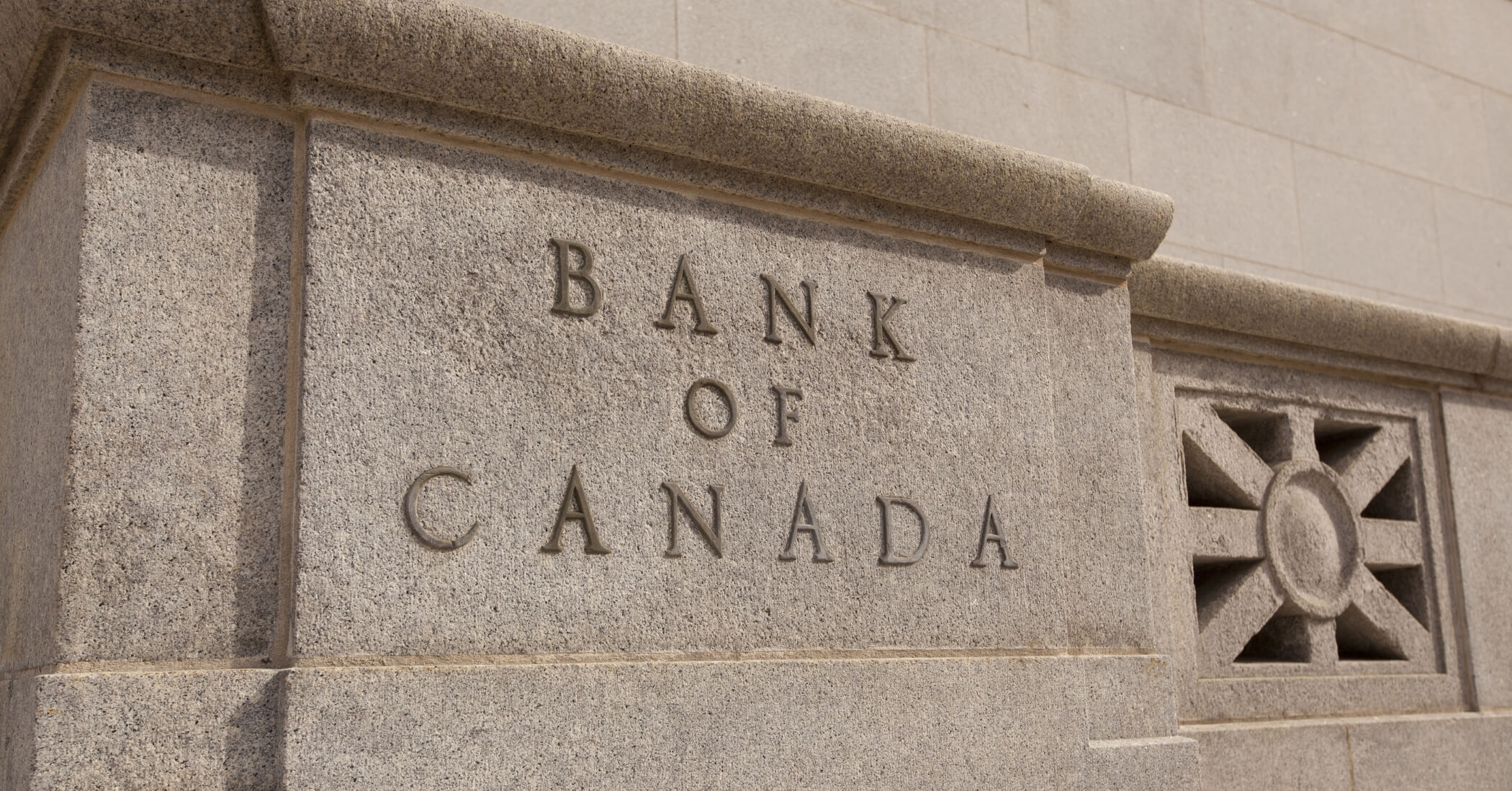
Canadian Inflation and Interest Rates: Effects on the Whole Life Insurance Market
Canada’s economy is always changing, and right now, we’re seeing some big shifts in inflation and interest rates. If you’re thinking about Whole Life Insurance, it’s important to understand how these changes might affect you.
Let’s break it down simply so you can make smart decisions for your future.
The Rundown on Whole Life Insurance
Whole Life Insurance is a type of insurance that covers you for your entire life. Unlike term life insurance, which only lasts for a set period, Whole Life Insurance ensures a death benefit and also builds up cash value over time.
It usually costs more upfront, but it offers both insurance and savings that grow without being taxed until you take the money out. This makes it a good choice for long-term planning and saving.
Navigating Inflation in Canada
Surge Over Recent Years
You might have noticed that prices for things in Canada have been going up. This increase, known as inflation, means that your money doesn’t go as far as it used to.

Implication on Whole Life Insurance
When inflation is high, the value of the money you get from your insurance can decrease over time. This means the death benefit you planned to leave for your family might not be worth as much in the future.
It’s important to regularly review your policy to make sure it still meets your needs.
Mitigating the Impact
To combat inflation, you can make changes to your policy. You might add more term insurance to boost your coverage or look for policies that include options to adjust for inflation.
Understanding Interest Rate Hikes
Post Pandemic Recovery (Rise) from Historically Low Rates
Interest rates in Canada were very low during the pandemic to help the economy. Now, they have gone up a lot to help control inflation.

Editor’s note: On June 5, 2024, The Bank of Canada has delivered its first rate cut, lowering its key lending rate by 25 basis points to 5.00%.
This is the central bank’s first rate cut since the pandemic in March 2020.
Impact on Whole Life Insurance
Interest rates affect how much your policy’s cash value grows. When rates are low, your cash value grows more slowly. When rates go up, your cash value can grow faster. This is good news for your savings part of the insurance.
Cash Value
How much your cash value grows depends on the following factors: interest rates, the insurance companies’ performance, and the number of claims being paid out (versus the premium dollars coming in).
Interest rates have no effect on the minimum contributions required for the policy. However, if rates are high, it could be a good time to review how your money is invested within the policy.
Tax Considerations and Flexibility
Whole Life Insurance has tax benefits. The money you save inside the policy grows without being taxed yearly, and when you die, the death benefit is tax-free.
This makes it a smart part of your financial plan, especially when inflation and interest rates are changing. Specifically, Whole Life Insurance should be part of a low-risk and steady return asset, so you can have stability in a diversified portfolio that holds real estate, stocks, ETFs, etc.
Your policy can also be flexible. You can add features to your policy that help it fit your needs as your life changes. These options can help make sure your policy still offers the best benefits even as the economy shifts.
The Importance of a Trusted Advisor
With all these changes in inflation and interest rates, it’s important to have a financial advisor who knows what they’re doing. They can help you understand the trends and make the best choices for your Whole Life Insurance.
If you’re thinking about Whole Life Insurance, talking to an expert is a good idea. At Lifestyle Legacy, we can help you understand which policies are best for your goals and how to protect your financial future in these changing times.